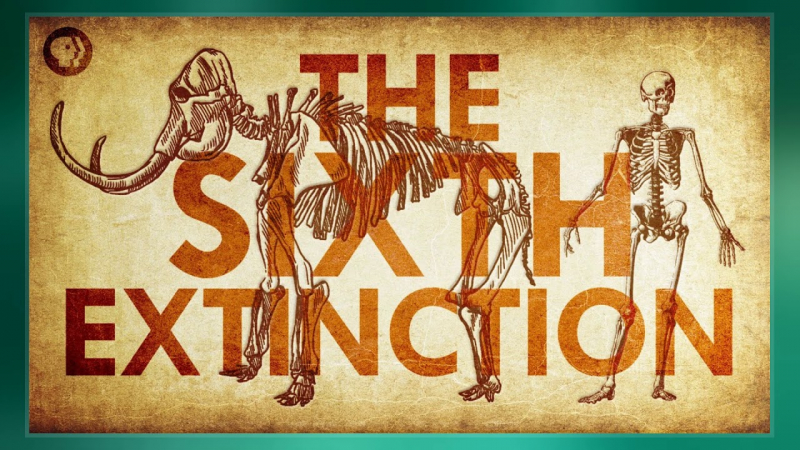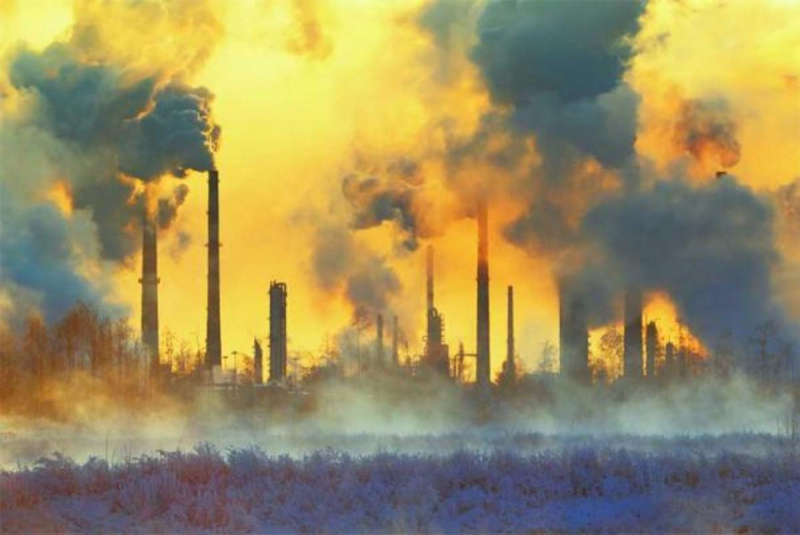Holocene extinction (Sixth mass extinction)

The Holocene extinction, sometimes known as the Anthropocene extinction, is the ongoing extinction catastrophe that occurred during the Holocene period. Extinction events have affected many groups of bacteria, fungi, plants, and animals, including mammals, birds, reptiles, amphibians, fish, and invertebrates, and have affected not just terrestrial but also vast sectors of marine life. Because of the widespread destruction of biodiversity hotspots such as coral reefs and rainforests, as well as other locations, the great majority of these extinctions are assumed to be undocumented, since the species are undiscovered at the time of extinction, which goes unreported. The present rate of species extinction is believed to be 100 to 1,000 times greater than natural background extinction rates, and it is growing.
Over the last 100-200 years, biodiversity loss and species extinction have accelerated to the point where most conservation biologists believe humanity has either entered or is on the verge of entering a period of mass extinction. As a result, the event is also known as the sixth mass extinction or sixth extinction. The Holocene extinction includes the disappearance of large land animals known as megafauna, starting at the end of the last glacial period. Megafauna outside of the African mainland, which did not evolve alongside humans, proved highly sensitive to the introduction of human predation, and many died out shortly after early humans began spreading and hunting across the Earth.
The most widely accepted argument holds that human overhunting of animals exacerbated existing stress conditions as Holocene extinction coincided with human settlement of many new locations throughout the world. Although it is debatable how much human predation and habitat loss contributed to their demise, some population decreases, like as the extinction events in New Zealand and Hawaii, have been closely associated with the advent of human activity. Aside from humans, climatic change may have had a role in megafaunal extinctions, particularly near the end of the Pleistocene. Overall, the Holocene extinction can be related to human environmental effect. The Holocene extinction continues into the 21st century, with human population growth, increasing per capita consumption,and meat production, among others, being the primary drivers of mass extinction.







